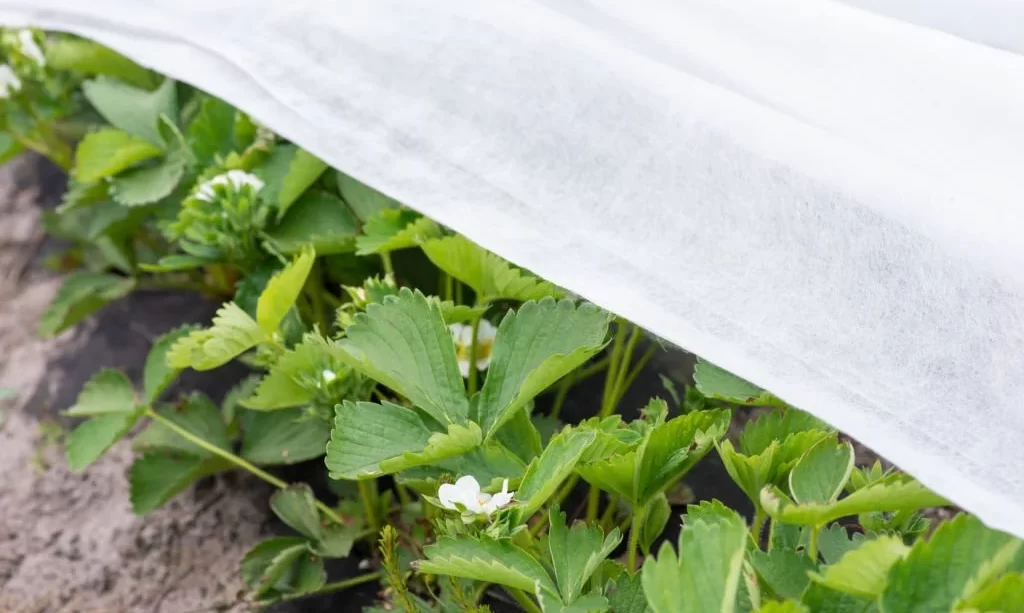Strawberries, with their luscious red berries and sweet, juicy flavor, are a cherished delight in gardens and kitchens worldwide. These vibrant fruits are enjoyed fresh, in desserts, and transformed into jams and preserves. Yet, the journey of a strawberry plant from blossom to berry isn’t without its challenges, and one significant question that often arises is whether strawberries can endure the chill of frost. In this exploration, we’ll unravel the complexities of strawberry plants’ interactions with frost, revealing their resilience and the factors that influence their ability to withstand freezing temperatures.
The Basics of Strawberry Plants
Before delving into the realm of frost and strawberries, it’s essential to grasp the fundamentals of these remarkable plants:
- Growth Habits: Strawberry plants are perennials, meaning they can live for several years under the right conditions. They produce runners that develop into new plants, creating a strawberry patch over time.
- Types of Strawberries: There are various types of strawberry plants, including June-bearing, everbearing, and day-neutral varieties. Each has its fruiting season, contributing to the availability of fresh strawberries throughout the year.
- Preferred Growing Conditions: Strawberries thrive in well-drained soil with good sunlight exposure. Proper spacing, adequate irrigation, and regular maintenance are essential for healthy strawberry plants.
Frost and Freezing Temperatures
To comprehend how strawberries fare in frost, it’s crucial to grasp the science behind freezing temperatures:
- Frost Formation: Frost occurs when the temperature drops low enough to freeze the moisture in the air, creating ice crystals on surfaces. These ice crystals can damage plant tissues.
- Critical Temperatures: Strawberries, like many plants, have critical temperature thresholds for frost damage and freezing injury. These thresholds can vary among strawberry varieties and stages of growth.
With these foundational insights, we’re poised to explore the intriguing world of frost tolerance in strawberry plants and unveil the factors that influence their ability to endure chilly nights.
Frost Tolerance in Strawberry Plants
The frost tolerance of strawberry plants is a subject of great interest to gardeners and farmers. Some strawberry varieties have developed natural adaptations that allow them to withstand mild frost. Understanding this resilience is key to successful strawberry cultivation in regions prone to chilly nights.
- Varietal Differences: Different strawberry varieties exhibit varying degrees of frost tolerance. For instance, some June-bearing varieties are more susceptible to frost damage than everbearing or day-neutral types.
- Natural Adaptations: Strawberry plants can develop certain mechanisms to protect themselves from frost. This includes hardening off, a process where they become acclimated to cooler temperatures, enhancing their frost resistance.
Factors Influencing Frost Resistance
Several factors come into play when assessing a strawberry plant’s ability to resist frost:
- Variety Selection: Choosing strawberry varieties well-suited to your local climate can make a significant difference in frost resilience.
- Plant Age: Young strawberry plants are generally more susceptible to frost damage than mature ones.
- Overall Health: Healthy, well-cared-for strawberry plants are more likely to withstand frost stress than weakened or stressed ones.
Protective Measures for Strawberries
To shield strawberry plants from frost damage, gardeners and farmers can employ various protective measures:
- Row Covers: Using row covers or frost blankets can create a barrier that traps heat and raises the temperature around strawberry plants, reducing the risk of frost damage.
- Mulching: Applying a layer of organic mulch around strawberry plants helps insulate the soil and maintain more stable temperatures.
- Selecting Suitable Locations: Planting strawberries in locations with good air circulation and avoiding low-lying areas where cold air settles can mitigate frost damage.
- Monitoring Weather Forecasts: Staying informed about weather conditions and frost warnings enables growers to take preventive action, such as covering plants on frost-prone nights or using irrigation to protect against freezing.
By considering these factors and protective measures, gardeners and farmers can enhance the frost resistance of their strawberry plants and ensure a bountiful harvest, even in regions where frost is a recurring challenge.
Recognizing Frost Damage in Strawberries
Identifying frost damage in strawberry plants is crucial for taking prompt action and minimizing potential losses. Here’s how to recognize the signs of frost damage:
- Blackened Leaves: Frost-damaged strawberry leaves may appear dark or blackened. They become wilted and may curl or droop.
- Damaged Fruit: Strawberries exposed to frost may have discolored, mushy, or shriveled fruit. These berries are often unsuitable for consumption.
- Stunted Growth: Frost can hinder the growth of new leaves and runners, leading to stunted plant development.
- Delayed Flowering: Frost-damaged strawberry plants may experience delayed flowering and fruit set.
Tips for Overcoming Frost Challenges
To overcome the challenges posed by frost and protect your strawberry plants, consider these practical tips:
- Monitoring Weather Forecasts: Keep a close eye on weather forecasts, particularly during the strawberry growing season. Be prepared to take action when frost is expected.
- Covering Plants: On frost-prone nights, use row covers, frost blankets, or even old bed sheets to cover your strawberry plants. This provides a protective barrier against frost.
- Irrigation: Irrigation can help protect strawberry plants by releasing heat as it freezes. However, this method requires careful timing and monitoring to prevent ice buildup.
- Mulching: Apply a thick layer of organic mulch around strawberry plants to insulate the soil and provide some protection from freezing temperatures.
- Plant Selection: Choose strawberry varieties that are better suited to your local climate and are known for their frost resistance.
Conclusion: Nurturing Resilient Strawberry Plants
Strawberry plants, with their delectable fruits and lush green foliage, bring joy to gardens and palates alike. Understanding their interaction with frost is essential for successful cultivation, whether you’re a home gardener or a commercial grower.
By comprehending the factors that influence frost tolerance, recognizing signs of frost damage, and implementing protective measures, you can nurture resilient strawberry plants that can withstand the chill of frost and continue to produce an abundant harvest. While frost may present challenges, it should not deter your strawberry-growing endeavors. With the right knowledge and care, you can enjoy the sweet rewards of homegrown strawberries throughout the growing season, even in regions where frost is a seasonal visitor.



